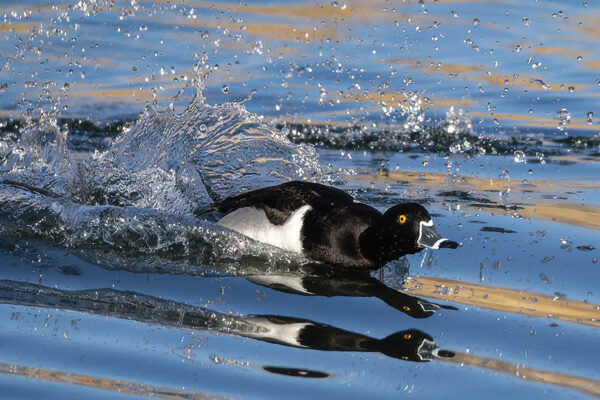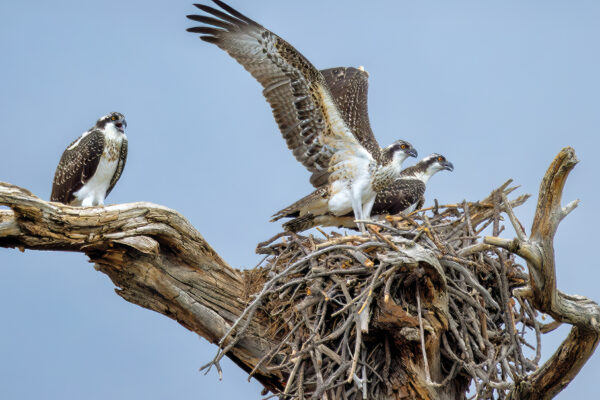You have seen many photos in past issues of Sedona Monthly displaying the beauty of the birds who live here. They make major contributions to our lives, whether or not we are aware of it. We have fires in the forest, and we have had some bad ones that blanket the area in layers of heavy smoke.

Photo Two
This makes breathing difficult for us and even more so for the wildlife. The Canyon Wren in photo three is a full-time resident of the area. It is about three-and-a-half-inches long, has a wingspan of about five inches and weighs in at less than one ounce. A bird’s consumption of oxygen at rest is higher than that of all other vertebrates and goes up exponentially during flight. Their lungs are very tiny, and they move large volumes of air through them quickly. Inhaling toxic smoke like you see in the other two photos will damage their lungs and or kill them within hours. This holds true for all the other birds, plus all the mammals who inhabit the wilds in and surrounding Sedona. According to federal statistics, roughly 85 percent of all wildfires are caused by humans. Overall only 10 to 15 percent of forest fires are of natural origin. In Arizona, nearly all of the largest fires we have had were ignited by humans. Like the Wallow Fire in 2012, which consumed 522,642 acres in Arizona and 15,407 in New Mexico.

Photo Three
Let’s be extra careful by practicing fire safety, and take care of all the other critters we share the planet with. They do not start the fires, but they bear the brunt of the damage. The photo featured at the top of this page (photo one) is of a Forest Service prescribed or managed fire (one of five) on the Colorado Plateau in July of 2014. We had smoke in Sedona like this from May through mid-October of that year. Photo two is of The Brins Mesa Fire in June of 2006. Photo three is of a Canyon Wren.
![]()




